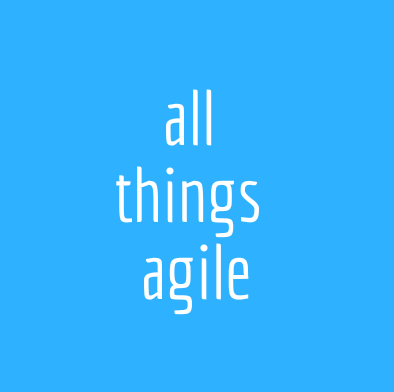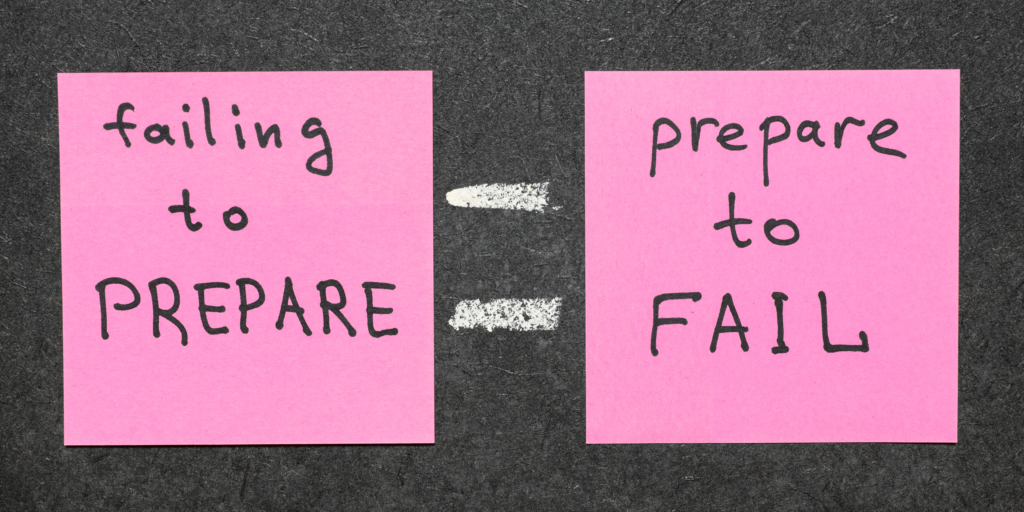
2020 was the year of COVID19 in most of the world, when most countries went on quarantine and people who are knowledge workers were forced to work from home. People who already operate in an Agile mindset had little trouble adjusting. Why? Because Agile is all about change: navigating change, thriving in change. In my lifetime it was the very first time I saw such a shift in ways of working happening at a very large, global scal: you change your physical environment, you change your routines, you change your schedules. Even assumptions had to change.
I see change for what it is: transition, novelty. It is never good or bad in itself, but it does bring the two sides of the coin. Here are the things I want t will remember that I could live and observe. As I list those, I have been working for months in this COVID-transformed environment, since March 2020.
TAKING ON THE POSITIVE
Some companies were very prepared to respond, not simply react. Those are the companies that had money to support not only the technical infrastructure required to seamlessly integrate all their workers wherever they were, but also whenever possible to help employees to equip their home offices. Some people did not have a home office: they were working from their kitchen, from the kids bedroom. Some companies had budget and help packs so that their employees could be as comfortable as possible during the work-from-home phase.
On top of that, there was mental support: from booklets to workshops on how to entertain your kids and be able to work, C-suite executives hosting AMAs and company and department Q&As regularly, keeping the transparency with the employees, videos on home ergonomy and even home workouts and meditation during lunch time just to name a few initiative. Mental health was taken under a new light and its importance amplified. Clogged company processes had to be simplified to allow for people from home, from their phones, to have access to utilities and support, technical, HR or any other.
Having this kind of support went beyond the monetary means: employees felt taken care of. They felt safe, which in turn increased the loyalty of the employees. And their job satisfaction. And their focus. And with that their productivity. Not having to be in a space where a lot of noise and distraction went on, people discovered the power of focused work. Undistracted, undivided attention to a task.
They also discovered something else: flexibility. Now people are working from home. They might have an opportunity to take a walk at 3pm with their dog or to work mostly early morning and later evenings due to parenting duties: the kids were home all the time and needed some attention. Some people actually shifted their working hours to the moments of the day were their creativity and engagement were the highest. This newfound freedom produced amazing results. Most companies reported actual increase in productivity, project deliveries and overall success. From the crisis a new way of working emerged.
Despite being a long time available, companies rediscovered the powerful collaboration tools: not only having team calls to be on video instead of just voice, to restore the sense of human connection in meetings, but also mind-mapping, visual collaboration and many other synchronous and asynchronous tools that let people co-create outside your usual chat & meeting interaction. White-boarding, diagramming & schematics, group document editing, several new ways of collectively contributing to a single piece of work went on to be massively explored.
WHAT DOES IT HAVE TO DO WITH AGILE?
First of, change. How projects, teams and whole companies had to adapt to the new ways, develop new processes, change technology, some roadmaps were completely redone, even to capitalize on the moment lived by millions. And the change was constant, since the new ways had to be discovered, tested, improving in iterations, turning tragedy into opportunity.
But also people. People and interactions over processes and tools is such an important, misunderstood principle in the agile book. Collaboration instead of top-down direction. Not abandoning processes, but making them better: making them work for the people who actually use them. Tossing cumbersome tools and selecting those that actually help people do their job. Creating, or better yet, letting emerge spaces in which people can just connect and get the job done.
Many distributed teams ended up having to democratize their ways of working: before, five people in the office and two lonely fellows on the phone, missing half of the meeting due to poor line and lack of visuals. Now all the seven team mates has to use the same tools, everybody has to make sure everybody understands and can collaborate at the same level.
What impressed me the most, however, was noticing that people discovered how important their time is: between juggling a home-schooled kid and having to prepare lunch, meetings had to be short and sweet: can you get your point across in 30 minutes or less? Time-boxing done right! All those apparently minor efficiencies compounded in an impressive shift of the office culture. One that understands freedom, excellence, effectiveness. And it all came from the ground up. It happened in a matter of weeks. It happened without a boss dictating what to do. No one could have single-handily controlled this, so the natural instincts and people’s coalitions made this new ways of working happen.
SUMMARIZING
Timeboxing. Personal and team accountability. Embracing change. Working in smaller iterations. Making progress in a scenario-based future. Adapting process. Using new tools. Innovation. Focus.That is how much Agile I have seen in these COVID19 times.
If managers are paying attention, this is a rather defining moment for agility in their businesses and ways of working. The moment is propitious for instilling a mindset for innovation. Favoring people’s interactions, letting them organically happen is what allows innovation and fast change to thrive. People do not have their coffee chat anymore and those were key times for cross pollination of ideas. However we have proven it is still possible to innovate, deliver and create in virtual spaces, given the right context, motivation and easy and inviting tools.


